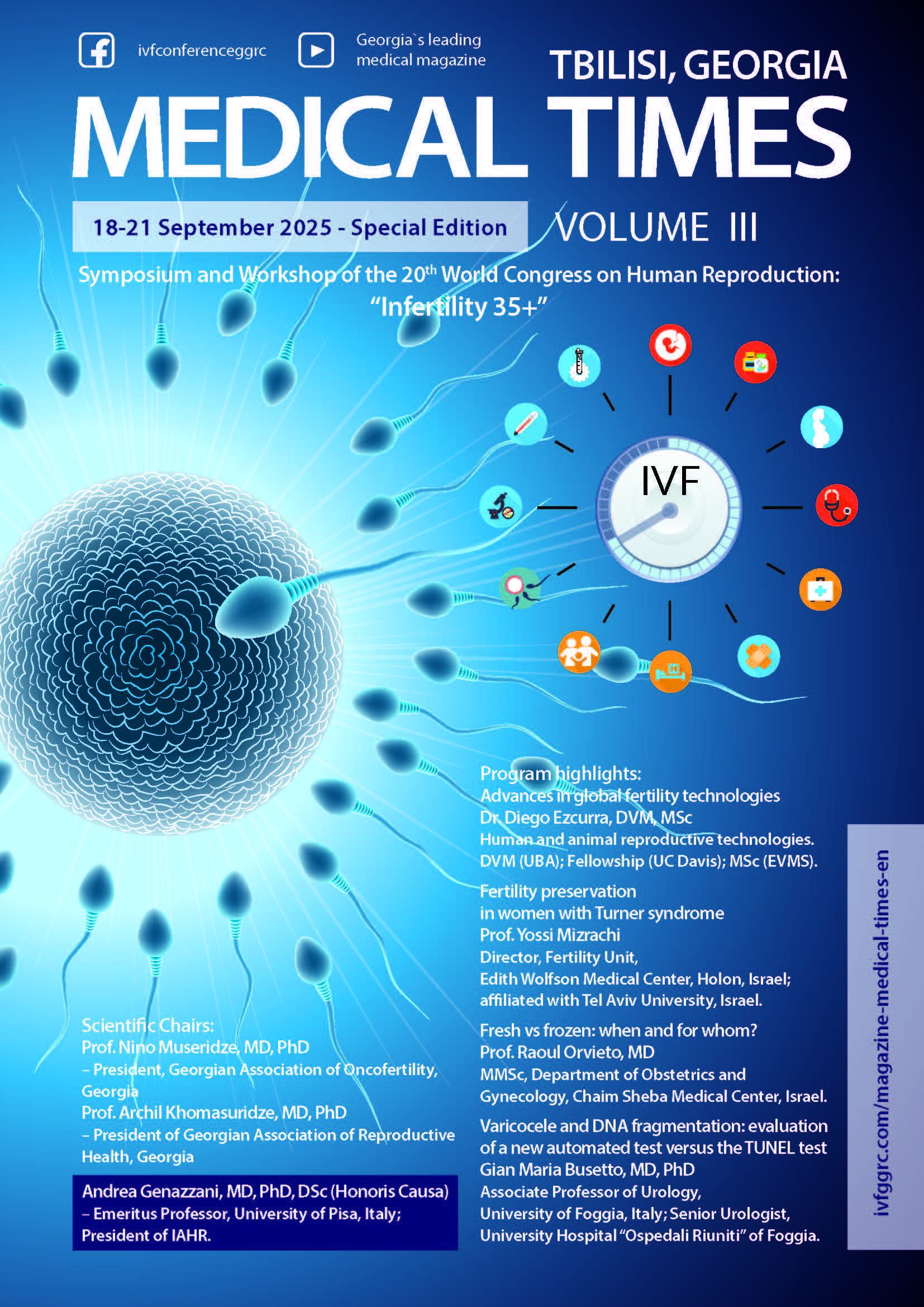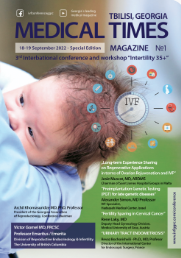Gestational Diabetes Mellitus-From Risk Factors to Prevention
DOI:
https://doi.org/10.71419/mtggrc.2025.30Keywords:
gestational diabetes mellitus, environmental and socio-economic risk factors, individual risk factors, feto-maternal outcomes, screening, preventionAbstract
Gestational diabetes mellitus (GDM) is the most common pregnancy complication globally. GDM prevalence ranges from <3% to >20%. One in 5 livebirths is affected by hyperglycemia in pregnancy (HIP), and 1 in 6 is explicitly affected by GDM. HIP is classified as pregestational diabetes, gestational diabetes, and diabetes in pregnancy. 75%-90% of HIP cases are GDM. Diverse environmental, socioeconomic, and individual risks play a pivotal role in the global rise in GDM. Environmental risks affect the gut microbiome, causing oxidative stress, inflammation, insulin resistance, neurohormonal/β-cell dysfunction, and genetic/epigenetic modification. These factors are associated with an increased risk of GDM and its short-term/long-term com-plications. A “neglected pollutant” (artificial light/noise) causes significant damage to women’s health. Light pollution (screen light, streetlights, artificial light at night) causes circadian rhythm and sleep disorders that lead to GDM. Mothers with low socio-economic status (an index assess-ing educational level and employment) have an increased risk of GDM. There is a wide range of individual risks – reversible (obesity, passive lifestyle, unhealthy diet, smoking, stress, etc) and irreversible (maternal age, family history of DM/GDM, miscarriages/stillbirth in previous pregnancies, etc). The more risk factors a woman has, the higher her risk of GDM. Undiagnosed/untreated GDM is associated with a wide range of maternal complications during pregnancy, labor, postpartum, and beyond, and fetal congenital/neonatal complications. Though GDM is not preventable, its risk can be lowered – the ideal time to influence GDM risks is around pregnancy. Elimination of reversible risks is essential to halt the global rise of GDM. Its screening, treatment, and management reduce feto-maternal morbidity/mortality.
Downloads
Published
Issue
Section
License
Copyright (c) 2025 Ramaz Kurashvili, Elena Shelestova (Author)

This work is licensed under a Creative Commons Attribution 4.0 International License.
In case an article is accepted for publication it is allowed to combine the article with other research, to conduct new research on the article, or to make different arrangements on condition that the same license is used including commercial purposes.
As an author of an article published in the Medical Times, you retain the copyright of your article and you are free to reproduce and disseminate your work.














